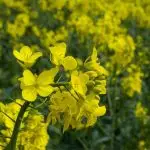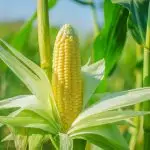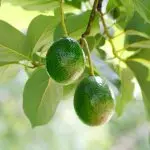Moths and Caterpillars
Overview
Caterpillars are the larval/grub stage of moths and butterflies. They are a major pest in fruit and vegetable crops due to their voracious feeding on leaves, flowers, fruits and stems. Caterpillars are most active during warm conditions with increasing pest pressure during the summer months. Caterpillars have a soft, elongated body composed of segments and six true legs located on the thorax (the first three segments behind the head).
Correct identification of caterpillar species is crucial for effective management.
Why you need to control Moths and Caterpillars
Some caterpillars can cause extensive feeding damage that destroys plants and can ruin entire crops, especially when the seedling stages are affected. Large caterpillars will also damage flowers, fruit and young shoots. Certain species bore into fruit and stems, which makes them hard to detect and control. Caterpillar feeding can lead to reduced photosynthesis, stunted plant growth, and direct damage to marketable produce, ultimately impacting yield and quality.
Caterpillars from Helicoverpa species (Heliothis) are generalist feeders and can cause damage to many parts of the plant, including buds, flowers, fruits, and leaves. They often bore into fruit and cause direct damage to produce.
Looper caterpillars primarily feed on leaves, causing large, irregular holes. They tend to skeletonize the foliage, which impacts the plant's photosynthetic efficiency.
Beneficial predators to control Moths and Caterpillars among crops
Correct identification of caterpillar species is crucial, given that beneficials often exhibit host specificity, targeting only particular caterpillar species. Understanding the distinct behaviors and life cycles of different caterpillar species is also essential for implementing efficient integrated pest management (IPM) strategies.
Generalist predators:
- Predatory bugs such as Nesidiocoris and Orius help control moth eggs and young caterpillars in appropriate crops.
- Ladybirds adults and their larvae are generalists and consume soft-bodied insects, such as caterpillars.
- The larvae of green lacewings are voracious predators of caterpillars and other small insects.
Specialists:
- Trichogramma pretiosum (Trichogramma) is an egg parasitoid of heliothis caterpillars.
- Diadegma semiclausum (Diadegma) is a parasitoid wasp which lays its eggs into the developing larvae of the Diamondback Moth (DBM).
- MacTrix controls the larvae of the Macadamia Nutborer (MNB).
Get tailored advice for your commercial crop
To speak with one of our qualified consultants about your current commercial crop challenge or to learn about the benefits of the IPM maintenance and monitoring services we provide, contact us.






















